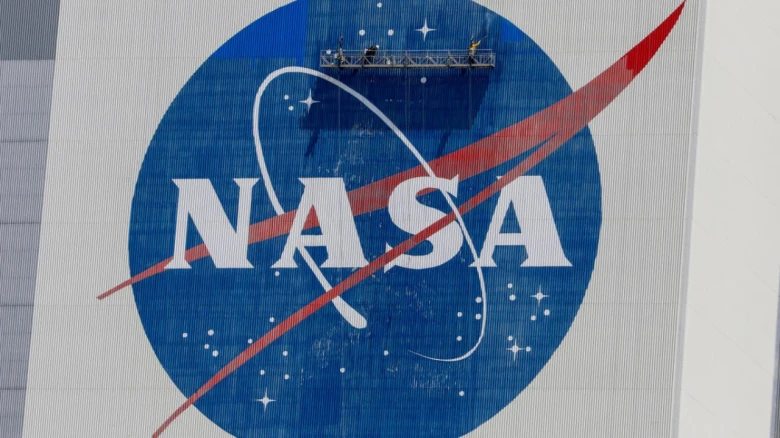Regional

A SpaceX Dragon capsule would be used in the proposed new effort...
Digital Desk: NASA and SpaceX have agreed to study the possibility of awarding Elon Musk's company a contract to push the Hubble Space Telescope to a higher orbit, with the objective of extending its lifespan, the US space agency said.
Since 1990, the famed observatory has been operating approximately 335 miles (540 kilometers) above Earth in a steadily decaying orbit.
Hubble has no onboard propulsion to counteract the minor but perceptible amount of atmospheric drag in this region of orbit, and its altitude has been restored previously during Space Shuttle missions.
A SpaceX Dragon capsule would be used in the proposed new effort.
"A few months ago, SpaceX approached NASA with the idea for a study whether a commercial crew could help reboost our Hubble spacecraft," NASA's chief scientist Thomas Zuburchen told reporters, adding the agency had agreed to the study at no cost to itself.
He emphasized that there are currently no solid plans in place to carry out or finance such a mission until the technical difficulties are well understood.
One of the main obstacles would be that the Dragon spacecraft, unlike the Space Shuttles, does not have a robotic arm and would need modifications for such a mission.
SpaceX pitched the idea in collaboration with the Polaris Program, a private human spaceflight endeavor run by payments billionaire Jared Isaacman, who chartered a SpaceX Crew Dragon with three other private astronauts last year.
"This would certainly fit within the parameters we established for the Polaris program," Isaacman said in response to a question about whether reboosting Hubble could be the goal for a future Polaris mission.
When questioned by a reporter about the possibility that the mission was fabricated to offer affluent people jobs to perform in space, Zuburchen responded, "I think it's only appropriate for us to look at this because of the huge importance this research asset has for us.
Arguably among the most valuable instruments in scientific history, Hubble continues to make important discoveries, including this year detecting the farthest individual star ever seen -- Earendel, whose light took 12.9 billion years to reach us.
Patrick Crouse, project manager for the Hubble Space Telescope stated that it is anticipated to remain active for the rest of this decade, with a 50% chance of deorbiting in 2037.
Leave A Comment